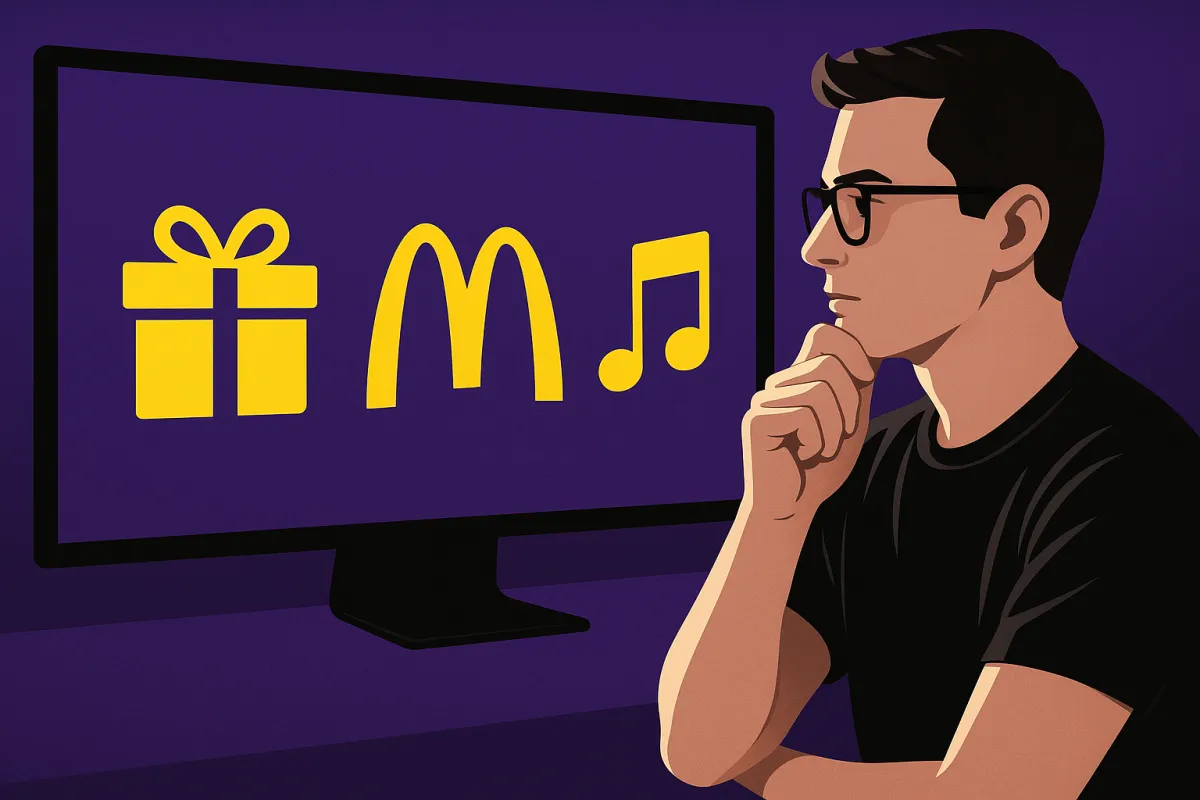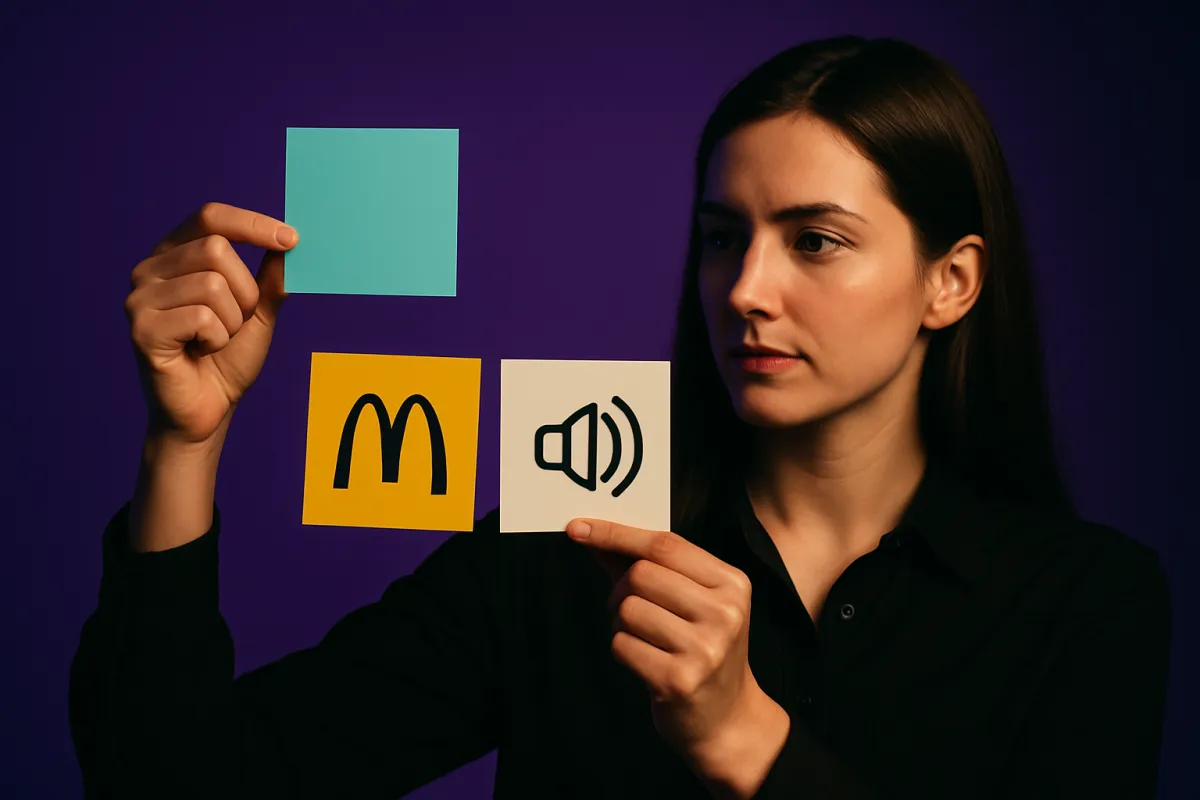By German Tirado, August 1, 2025
Introduction

In an era defined by endless scrolling and fleeting attention spans, brands face a steep challenge: breaking through the noise to become the first name that comes to mind in purchase moments. While storytelling can create emotional resonance, it’s the consistent use of distinctive assets, logos, color palettes, sonic stings, mascots, that forges unbreakable memory links and drives mental availability [HBG1]. By embedding these cues across every touchpoint, brands achieve higher brand recall, wider category penetration, and stronger brand growth [HBG2].
Distinctive assets operate at the intersection of advertising effectiveness and cognitive psychology, leveraging brief exposures, sometimes mere seconds, to register in consumers’ minds far more efficiently than complex narratives [CEP-B2B]. They allow marketers to co-present brand cues with Category Entry Points (CEPs) such as “when I need a quick pick-me-up” or “for family movie night,” building broad, automatic memory structures that trigger purchase consideration [CEP-B2B].
Importantly, 95% of potential buyers are out of market at any given time, meaning they aren’t actively seeking products or services [95-5]. Story-driven campaigns often target the narrow in-market segment, but asset-led advertising casts a wider net, reinforcing brand awareness among both light and heavy buyers alike. This scalable strategy ensures your brand’s color, shape, or jingle becomes a mental shortcut in diverse buying situations, from digital search to in-store shelving [BDA].
In this article, we’ll delve into the empirical evidence confirming that distinctive branding assets, not storytelling alone, are the true growth engine for mental availability. You’ll learn how to audit, prioritize, and embed your core assets, link them to key CEPs, and measure their impact on aided recall, spontaneous mention, and ultimately, category penetration [BBBH]. By the end, you’ll have a clear roadmap for leveraging distinctive assets to secure top-of-mind status, and outpace competitors in the battle for consumer memory.
What Are Distinctive Assets?

Distinctive assets are the unique visual, auditory, or verbal cues that instantly identify a brand without the need for a narrative. Examples include the Tiffany Blue box, McDonald’s Golden Arches, or Intel’s four-note jingle [BDA]. These assets bypass the need for story context and directly trigger brand recall whenever a consumer encounters a buying cue.
The Importance of Mental Availability

Mental availability refers to the ease with which consumers think of your brand when in a buying situation. It’s a core growth driver: brands with higher mental availability achieve broader reach and greater penetration [HBG1]. Unlike storytelling, which requires sustained attention, distinctive assets register quickly, even in short ad exposures.
The Growth Law Connection
Double Jeopardy Law: Smaller brands not only have fewer buyers but those buyers are also slightly less loyal. The fastest way to grow is to reach new buyers, distinctive assets aid this by boosting spontaneous brand recall [HBG1].
Duplication of Purchase Law: Buyers of one brand are likely to buy others. Consistent asset use ensures your brand is top-of-mind across multiple purchase occasions [HBG2].
Evidence: Distinctive Assets Outperform Storytelling

Broad-Reach Efficiency
Up to 95% of category buyers are out-of-market at any given time, meaning they’re not actively researching or seeking products [95-5]. Story-driven campaigns often target in-market segments, limiting reach. By contrast, simple asset-heavy ads can be broadcast widely with brief exposures, embedding brand cues across a much larger audience [95-5].
Memory Encoding Research
Cognitive psychology shows that distinct visual features are processed faster and stored more robustly than complex narratives. When a logo or color pops against background noise, it forms a stronger memory trace, even if the viewer glances for less than a second [CEP-B2B].
Case Comparisons
Brands that prioritize asset refresh over narrative variation report higher aided recall gains. In one study, switching up storylines without reinforcing the core logo or sonic cue resulted in flat recall scores, whereas a simple color and logo spotlight lift boosted recall by up to 30% [HBG2].
Why Storytelling Alone Falls Short

Limited Frequency: Narrative spots are longer and costlier, reducing ad frequency and breadth of exposure.
Attention Dependency: Stories demand active attention; many viewers scroll, skip, or multitask, diluting impact.
Weak CEP Linkage: Without consistent asset linkage to Category Entry Points (CEPs), stories fail to build automatic memory pathways to trigger purchase [CEP-B2B].
Practical Steps to Build and Leverage Distinctive Assets

Audit Your Current Assets
Catalogue all visual, audio, and verbal cues in use.
Score each asset on uniqueness and memorability [BDA].
Select Core Assets for Focus
Narrow to 3–5 primary assets (e.g., logo, brand color, jingle).
Prioritize those with highest recall scores in consumer testing [BBBH].
Embed Assets in Every Touchpoint
Advertising: Flash the asset within the first 2 seconds and last 2 seconds of all ads.
Packaging & In-Store: Use color and logo prominently at shelf level to cue recall during purchase.
Digital Media: Incorporate sonic sting at video start or end, and consistent design overlays on social posts.
Link Assets to Category Entry Points
Develop short asset-led micro-ads for specific CEPs: “When I need a quick lunch,” pair your logo with an image of meal to-go [CEP-B2B].
Rotate through different CEPs weekly to broaden memory structures.
Test and Refresh Regularly
Conduct quarterly aided recall studies using distinct assets in isolation and in-context [BBBH].
Refresh asset usage—e.g., update color shade or remix jingle—while preserving core identity.
Measuring Success

Aided Recall: Percentage of respondents recognizing brand when shown asset alone.
Spontaneous Mention: Share of category buyers naming your brand first when cued.
Mental Market Share: Brand’s share of total mental availability across CEPs.
Category Penetration: Proportion of category buyers purchasing within a defined period [HBG1].
Integrating Storytelling and Assets

While this article emphasizes assets, effective campaigns often blend storytelling for engagement and distinctive cues for memorability. For example, lead with a 5-second narrative hook, then close with a 2-second asset spotlight to cement recall. Over 80% of high-growth brands use this hybrid format in at least one major channel [HBG2].
Conclusion
Distinctive assets are the non-negotiable bedrock of mental availability, anchoring your brand in consumers’ minds across myriad buying situations and driving sustainable brand growth. By systematically embedding logos, color palettes, mascots and sonic stings in every touchpoint, from digital ads to packaging, you create rapid, automatic memory links that vastly outperform narrative alone in building brand recall and widening category penetration [HBG1]. Even the most compelling story loses impact without a consistent visual or auditory hook; assets enable high-frequency, broad-reach advertising that registers with the 95% of buyers out of market at any moment [95-5].
Moreover, aligning each asset with specific Category Entry Points (CEPs) such as “when I need simple meal solutions” or “for reliable home security” cements your brand’s relevance at the moment of need, reinforcing brand awareness and driving spontaneous mentions [CEP-B2B]. Regularly auditing and refreshing your core assets maintains their distinctiveness and ensures ongoing advertising effectiveness in cluttered media environments [BDA].
While storytelling can add emotional depth and context, it should play a supporting role—amplifying and humanizing the assets, not replacing them [HBG2]. To measure success, track aided recall, spontaneous mention, and mental market share alongside traditional penetration metrics [BBBH]. In doing so, you’ll transform fleeting attention into durable memory structures and secure top-of-mind status when it truly counts—proof that distinctive assets, not storytelling alone, are the engine of mental availability and brand growth.
Frequently Asked Questions (FAQs)
Q1: What exactly are distinctive assets?
A: Distinctive assets are the unique visual, auditory, or verbal cues—such as logos, colors, mascots, or jingles—that instantly identify a brand without requiring narrative context [BDA].
Q2: How do distinctive assets drive mental availability?
A: By repeatedly co-presenting assets with specific Category Entry Points (CEPs), brands forge automatic memory links, making it easy for consumers to recall the brand at the moment of need [CEP-B2B].
Q3: Can storytelling alone build strong brand recall?
A: No—while storytelling can engage attention, it demands sustained focus and often targets in-market buyers only. Distinctive assets enable brief, high-frequency exposures that register with the 95% of buyers out of market at any time, driving broader recall [95-5].
Q4: How frequently should I refresh my distinctive assets?
A: Conduct quarterly audits of aided recall and salience. Refresh core assets—like updating color shades or remixing a jingle—whenever recall scores plateau, while preserving the fundamental shape or melody to maintain recognition [BBBH].
Q5: Which metrics best measure the effectiveness of distinctive assets?
A: Key metrics include aided recall (recognition of asset alone), spontaneous mention (first-brand recall when cued), mental market share (brand’s share of total mental availability), and category penetration (buyer reach within a period) [HBG1].
Q6: How do I link assets to different buying situations?
A: Map your primary CEPs—When, Where, While, With/Instead-of, With/For Whom, How Feeling, Why—and create micro-ads that pair each CEP with your logo or sonic sting. Rotate through CEPs periodically to build a broad memory network [CEP-B2B].
Works cited
[HBG1] Sharp, Byron. How Brands Grow: What Marketers Don’t Know. Oxford University Press, 2010.
[HBG2] Romaniuk, Jenni, and Byron Sharp. How Brands Grow Part 2. Oxford University Press, 2016.
[CEP-B2B] Romaniuk, Jenni. “Category Entry Points in a Business-to-Business (B2B) World.” Ehrenberg-Bass Institute, July 2022.
[95-5] Dawes, John. “Advertising Effectiveness and the 95-5 Rule: Most B2B Buyers Are Not in the Market Right Now.” Ehrenberg-Bass Institute, May 2021.
[BDA] Romaniuk, Jenni. Building Distinctive Assets. Ehrenberg-Bass Institute, 2021.
[BBBH] Romaniuk, Jenni. Building Better Brand Health. Ehrenberg-Bass Institute, 2019.
Address
Phone: 725-240-6870
Email : [email protected]
Address : 6440 Sky Pointe Dr. #140-341 Las Vegas, NV 89131
Artificial Intelligence
Marketing & Branding
Marketing & Branding
©2025 Max Digital Edge | All Rights Reserved
